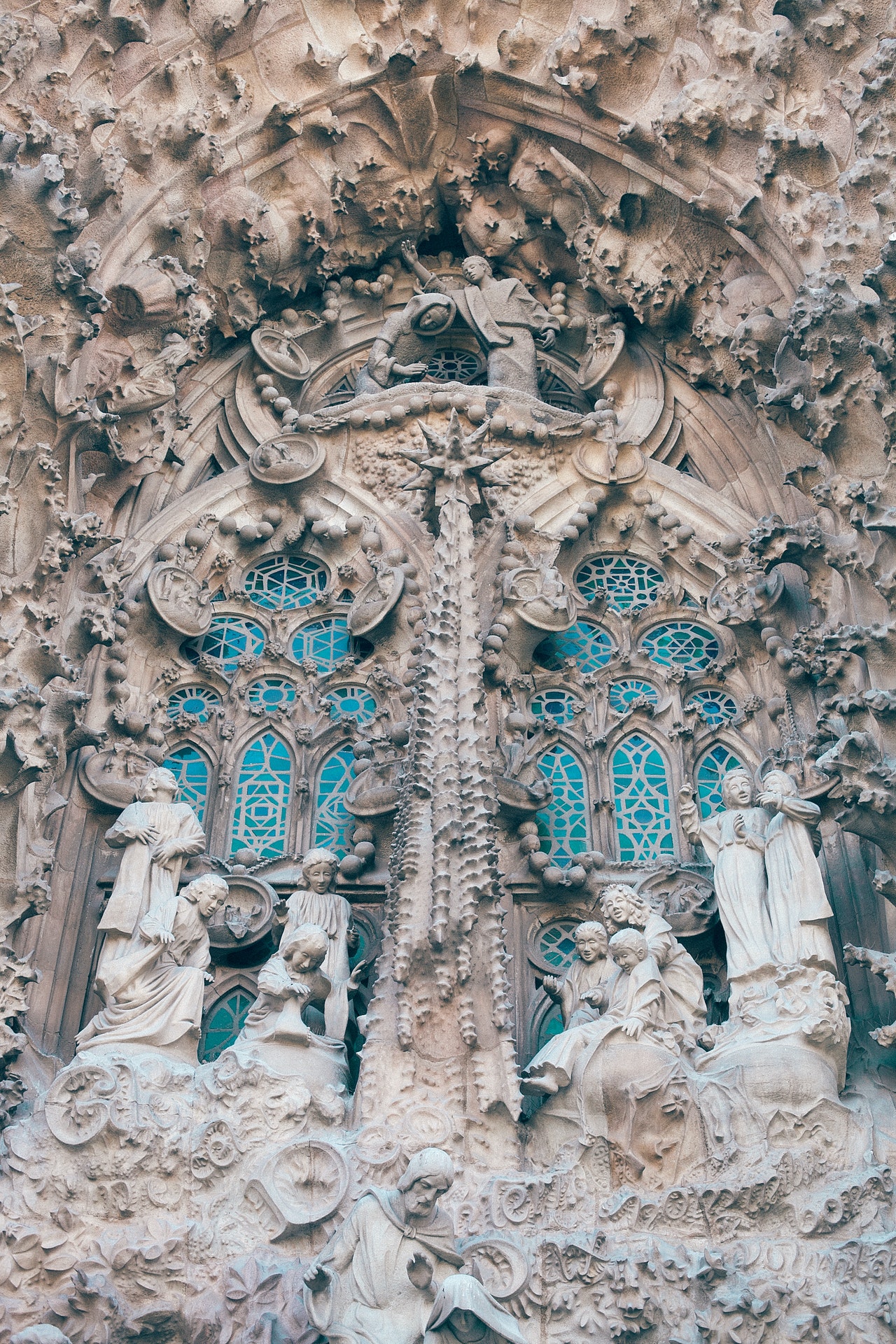- Softaken Announces New Features in VCF to PST Converter Tool
- Brantley Termite & Pest Control Expands Termite Control Services in Pinellas
- Fenesta launches #ShutTheShor this Yoga Day: Because Not All Noise Is Heard—Some Is Felt
- Royal Enfield, in collaboration with UNESCO, has premiered the third edition of its docuseries The Great Himalayan Exploration
- Sandeep Marwah Leads Educational Study Tour to Naples and Sorrento, Italy to Promote Tourism Excellence
- RPost Launches RPost Cloud as New Global Standard for Legal Electronic Messaging
- PegaGang Launches Pega CSSA Infinity’24.2 Online Training Program for Aspiring Senior System Architects
- Kazam Raises $6.2 Million in Series B from IFC, Vertex Ventures SEA & India and Avaana Capital
- Kruu Raises Bridge Funding to Power Global Expansion
- Tata Motors Announces Introductory Prices of the Harrier.ev
- TWL Miner Launches Free Cloud Mining App as Crypto Adoption Continues to Rise in 2025
- Galgotias University Graduate Secures ₹20 LPA Placement at ACKO General Insurance
- 33-year-old driver from Tripura treated with Eastern India’s first-ever Bachmann’s Bundle Pacing
- Future Electronics Partners with Friends of Children to Support Families in Medical Need
- Stahl Unveils Blacksmith Signature Cast Iron Tawas for Timeless Indian Kitchens
 Mail to a Friend Mail to a Friend |
|
     |
Christian Holy Arts and iconography

Christian Holy artwork constitutes a vital detail of the religion. Christian painters took the idea from scriptures, martyrs' lives, and Bible interpretations throughout the years.
Excerpts:
Christian Holy Arts and iconography artwork can be traced returned to the early days of Christianity. The first Christian sculptures date from the early 2nd century and are located in sarcophagi. Until Constantine's conversion to Christianity, Christian artwork drew its fashion and maximum of its symbolism from modern-day Roman artwork.
Christian Holy Arts and iconography
Christians had few alternatives for innovative or architectural expression within the first numerous centuries after Jesus' death. The Roman Empire regularly persecuted Christianity. Christians' belongings can be taken, or they will be burnt alive. Christian artwork could have been a burden in the sort of antagonistic society. The Ichthys, or 'Jesus fish,' changed into the only truly Christian image at the time. The Ichthys changed into a hidden signal whose call became acrostic representing the fundamental principle of the Christian faith. As a result, the individual of Jesus may be summed up with an easy fish, permitting Christians to find their mystery locations of worship in addition to the faithful's burial locations.
CHRISTIAN ICONOGRAPHY
The church's snapshots are drawn from its liturgical texts, scriptures, and training for the maximum a part of Christian history, and they're offered with inside the types of the time and vicinity the photos served. Psychological, sociopolitical, and unorthodox additives had been delivered to Christian iconography's roots in the latest times. The awareness at the individual and position of Jesus is the maximum distinguishing characteristic of Christian iconography (and his followers). The portrait image of Christ as earthly creator and divine savior is fundamental to the religion, particularly insofar because the church portrays itself as Christ's worldly body. As a result, the ever-converting repertoire of snapshots of Jesus and his disciples shows the faith's nature in its numerous cultural and ancient paperwork.
Theology of icons
The anti-snap shots camp truly denies that the Different Testament has any new attitudes concerning photos in evaluation to the Old Testament. Their middle theological attitude is that the divine transcends all earthly paperwork in its transcendence and spirituality, and therefore representations of the divine in earthly materials and types already sign profanation. The individual's and community's worship of God, who's Spirit, can most effectively be religious; the individual's and community's worship can be "in spirit and truth" (John 4:24).
Similarly, most effective spiritually and morally can the divine archetype be found out in life. The theological manner of God's motion on humanity is not certainly considered one among outside impact at the senses; however, certainly considered one among religious effect in the mind and volition. Painting by myself does now no longer have the strength to have such an impact. Opponents of icons argue that the most effective method of apprehending truth is studying the Old and New Testament scriptures, brimming with God's Spirit.
Christian Holy Arts and iconography in Middle Ages
However, that is regularly in substantial portions because church artwork has fared higher than secular works because of the continuity of church ownership. While the Western Roman Empire's political machine fell aside after the autumn of Rome, the non-secular authority that's now referred to as the Roman Catholic Church, commissioned and supported the advent of non-secular artwork iconography. The Orthodox Church of Constantinople, which changed into greater strength in the ultimate Eastern Empire, changed into instrumental in commissioning paintings and celebrating Christianity.
During the upward thrust of Christian artwork within the Byzantine Empire, a greater summary fashion displaced the realism formerly mounted in Hellenistic artwork. This new fashion changed into hieratic, which means that it changed into designed to explicit non-secular, which means instead of exactly painting items and people. Dynamical shape reduction, opposite attitude, and standard guidelines for depicting people and activities not noted real attitude, proportions, light, and color. The argument over using graven photos, the knowledge of the Second Commandment, and the Byzantine non-secular artwork disaster all contributed to the uniformity of non-secular iconography inside Eastern Christianity.
Christian Arts and iconography Renaissance and early cutting-edge period
When Constantinople fell in 1453, the best exceptional Byzantine artwork produced with inside the Imperial workshops there got here to an end. Regardless of medium, Orthodox artwork is referred to as icons have remained remarkably unchanged in topic and fashion up till the modern-day day, with Russia gradually turning into the dominant middle of production.
Although church buildings, clergy, and the aristocracy commissioned Christian artwork in big portions, the Renaissance noticed a growth in enormous secular works with inside the West. Martin Luther allowed and advocated the show of a greater restrained variety of non-secular iconography in church buildings for the duration of the Reformation in Germany, concerning the Evangelical Church as a continuation of the "old, apostolic church."
Lutheran altarpieces, together with 1565 Last Supper, with the aid of using the more youthful Cranach, had been created in Germany to update Catholic altarpieces, regularly incorporating pix of key reformers as apostles or different heroes, however, keeping the crucifixion.
Christian Arts and iconography with inside the Modern period
Ancient and Medieval Christian artwork got here to be amassed for artwork appreciation as opposed to worship as a secular, the non-sectarian, worldwide belief of artwork emerged in 19th-century Western Europe, even as cutting-edge Christian artwork changed into the appeared minor. Christian topics had been from time to time explored through secular artists (Bruguier, Mamet), however Christian artists had been not often blanketed with inside the ancient canon (which includes Rouault or Stanley Spencer).
However, numerous cutting-edge artists have created famous works of artwork for church buildings, together with Eric Gill, Marc Chagall, Henri Matisse, Jacob Epstein, Elisabeth Frink, and Graham Sutherland. Salvador Dal is a famous and famed artist who has created works with Christian subject matters. Makoto Fujimura, a cutting-edge artist, has had a fantastic effect on each holy and secular artwork. Larry D. Alexander and John August Swanson is a different distinguished artist. Gregory Wolfe, for example, sees this as a part of a resurgence of Christian humanism.
Early Christians used sculptures on sarcophagi
The early Christians noticed pagan sculptures of gods as what they had been - graven snapshots, which the Bible strictly forbids as idolatry. For this particular reason, the sculpture practically took an again seat during the first Christian years.
Though the early Christians used sculpture on the occasion, they took unique care to ensure that the sculpture changed into a part of the ornament as opposed to an item of adoration. Therefore, early Christian holy arts practically prevented the life-sized scale in their pagan predecessors and nearly prevented complete statues or sculptures with inside the round.
Early Christian Mosaic
Yet Constantine did greater for Christianity than simply shield it from persecution. Constantine additionally actively subsidized Christianity unfolds via the construction of church buildings at some point in his empire.
The mosaic has been round because of Sumerian times. The Romans and Greeks did a few relatively certain mosaics the usage of cubes of colored marble. Early Christians multiplied the artwork shape of the mosaic from the ground to the ceilings, walls, and anywhere else with such massive expanses.
Early Christians constructed mosaics with biblical narratives and symbolic magnificence. They additionally hired tinted glass as opposed to real stone, which allowed them to acquire exceptional colors. This glass additionally offers the mosaic a glistening, semi-translucent look, which you simply ought to see to appreciate. As you flow round, the figures seem to shimmer.
Summary
In every generation, the feature of Christian iconography has changed. It has continually been a residing language of snapshots created through groups and individuals' spiritual consciousness. The figures of the son of God, Jesus, and his fans had been continually important to iconographic initiatives till the contemporary-day era, however, within the 20th century, the emphasis switched to the man or woman iconographer on the only hand and massive cultural displays of the tale at the difference. Individual parishes, unbiased spiritual organizations, and sundry countrywide responses added their Christian subject matters to the iconographic language on the tail stop of the twentieth century and the start of the twenty-first century. For example, the so-referred to as African or Asian revel in via their arts has acquired renewed attention.
Political and societal forces preserve to steer spiritual artwork to a few extents. Efforts to censor spiritual groups have made the news. However, those efforts don't sway the broader public. Pornography has been criticized for spiritual grounds. However, it's miles though a sizeable part of the media enterprise. Antireligious perspectives have sparked some outbursts; however, the artwork enterprise has remained enormously unaffected
Sources:
https://www.encyclopedia.com/environment/encyclopedias-almanacs-transcripts-and-maps/iconography-christian-iconography
https://www.britannica.com/topic/Christianity/Art-and-iconography
https://study.com/academy/lesson/early-christian-art-and-architecture.html
https://en.wikipedia.org/wiki/Christian_art







